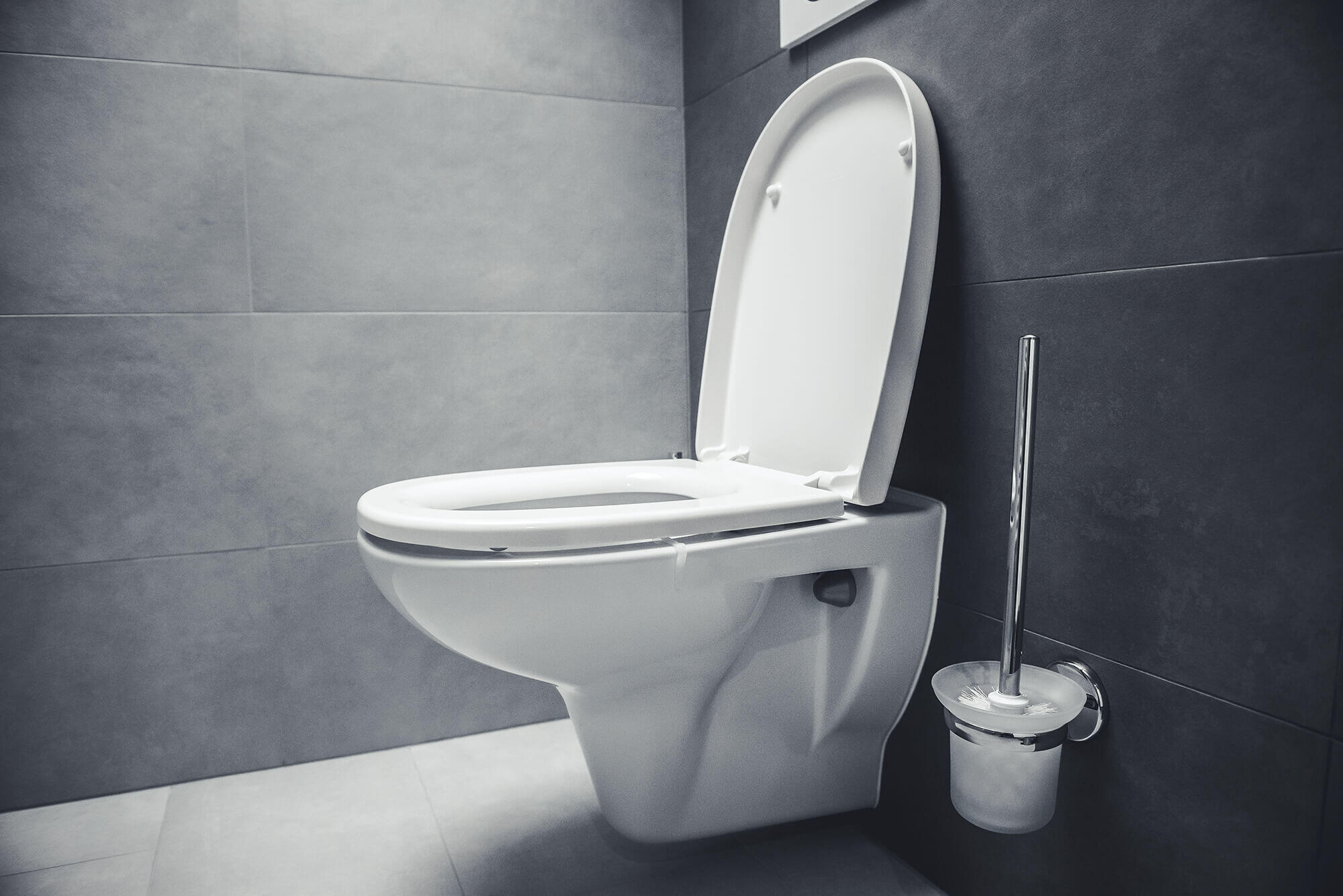
THE PRODUCT:
Toilets (also known as water closets) include tank-type toilets that are either gravity or pressure assist and either single- or dual-flush.
THE STANDARD:
The current national standards for toilets took effect in 1994 and set a maximum water use of 1.6 gallons per flush (gpf). In 2010, DOE officially waived federal preemption of the national toilet standard. This waiver of federal preemption allows states to set standards provided they are more stringent than the national standard.
Since 2007, 12 states have adopted standards for toilets at 1.28 gpf, which is equivalent to EPA’s WaterSense level.
KEY FACTS:
Toilets are one of the primary users of water in the home, accounting for 26% of an average home's indoor water usage, according to a 2016 Water Research Foundation study. In the U.S., there are an average of two toilets per home.
Fact Sheets
Standards in the News
Timeline
| Federal | Date | States |
| 2024 | MD Standard Effective | |
| 2023 | ME Standard Effective | |
| 2023 | RI Standard Effective | |
| 2022 | MD Standard Adopted | |
| 2022 | DC Standard Effective | |
| 2022 | NY Standard Effective | |
| 2022 | MA Standard Effective | |
| 2022 | NJ Standard Effective | |
| 2021 | ME Standard Adopted | |
| 2021 | RI Standard Adopted | |
| 2021 | MA Standard Adopted | |
| 2021 | NJ Standard Adopted | |
| 2021 | WA Standard Effective | |
| 2020 | DC Standard Adopted | |
| 2020 | NV Standard Effective | |
| 2019 | NY Standard Adopted | |
| 2019 | NV Standard Adopted | |
| 2019 | WA Standard Adopted | |
| 2016 | CO Standard Effective | |
| 2016 | CA Standard Effective | |
| 2015 | CA Standard Adopted | |
| 2014 | CO Standard Adopted | |
| 2014 | CA Standard Effective | |
| 2014 | TX Standard Effective | |
| 2012 | GA Standard Effective | |
| 2010 | GA Standard Adopted | |
| 2009 | TX Standard Adopted | |
| 2007 | CA Standard Adopted | |
| 1st Federal Standard Effective | 1994 | |
| 1st Federal Standard Adopted | 1992 | |
| EPACT Initial Federal Legislation Enacted | 1992 |